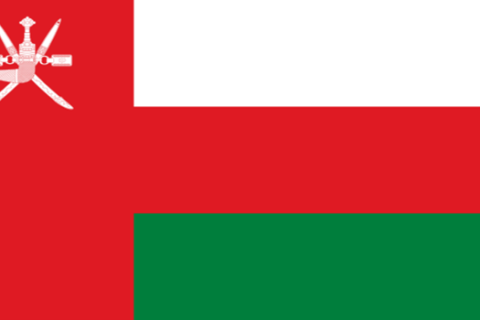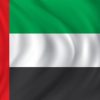The Madrid Protocol is an international treaty that simplifies the process of registering trademarks in multiple countries. It was adopted in 1989 and entered into force in 1996 and currently has over 130 member countries. The Protocol allows applicants to file a single international application for trademark registration with the World Intellectual Property Organization (WIPO). The WIPO then forwards the application to the designated countries, where it undergoes examination and registration procedures under local law.
Benefits of the Madrid Protocol
The Madrid Protocol offers several benefits for trademark owners seeking international protection:
- The Madrid Protocol streamlines the application process, allowing applicants to file a single application instead of multiple applications in different languages and legal systems. This can significantly reduce the time, cost, and administrative burden of filing for trademark protection in multiple countries.
- The Protocol provides a cost-effective way for small and medium-sized businesses to expand their brands globally. By filing a single international application, these businesses can secure trademark protection in multiple countries without having to navigate complex legal systems or incur high legal fees.
- The Madrid Protocol allows for centralized management of trademark registrations. Once a trademark is registered through the Protocol, the owner can manage the registration through a single application, rather than separately managing registrations in each individual country. This can simplify the process of maintaining and renewing trademark registrations.
Trademark refusals through Madrid protocol
Once the application reaches the designated countries, the national trademark offices examine it based on their respective national laws and regulations. The examination process can take several months, and during this time, the national trademark offices may issue refusals for a variety of reasons.
For example, In the month of April 2023, the United States, China, and Canada were the top three countries to issue refusals in international trademark registrations, with the United States holding the first rank, followed by China in second place, and Canada in third place.
The USA is known for its strict trademark laws and the rigorous examination process for trademark applications. In April 2023, the US Patent and Trademark Office (USPTO) issued 2,135 that did not meet the requirements for registration. This can include issues such as similarity with existing trademarks or insufficient distinctiveness.
China is another country that has seen an increase in trademark refusals in recent years. The Chinese trademark office (CN) has become more stringent in its examination of applications, particularly for trademarks in crowded or highly competitive industries. In April 2023, 1,193 applications were refused by the Chinese Trademark Office.
The Canadian trademark office (CA) has become more stringent in its examination of applications, particularly for trademarks that are deemed to be descriptive or generic in nature. In April 2023, 998 trademark applications were refused by the Canadian Trademark Office.
Impact on International Trademark Registration
The Madrid Protocol has had a significant impact on international trademark registration. Since its adoption, the Protocol has become a popular choice for trademark owners seeking international protection.
However, it is important to note that the Madrid Protocol is not a one-size-fits-all solution for international trademark registration. There are several factors to consider before deciding whether to file an international application under the Protocol. For example, not all countries are members of the Protocol, so protection in non-member countries will still require separate filings. Additionally, the Protocol does not guarantee registration in every designated country, as each country has its own examination and registration procedures.
With the right strategy and understanding of the Madrid Protocol, trademark owners can successfully navigate the global marketplace and protect their brands in the countries where it matters most. If you are interested in learning more about the Madrid Protocol or if you are considering registering your trademark through the Madrid System, we invite you to contact our team of experts for a consultation.









